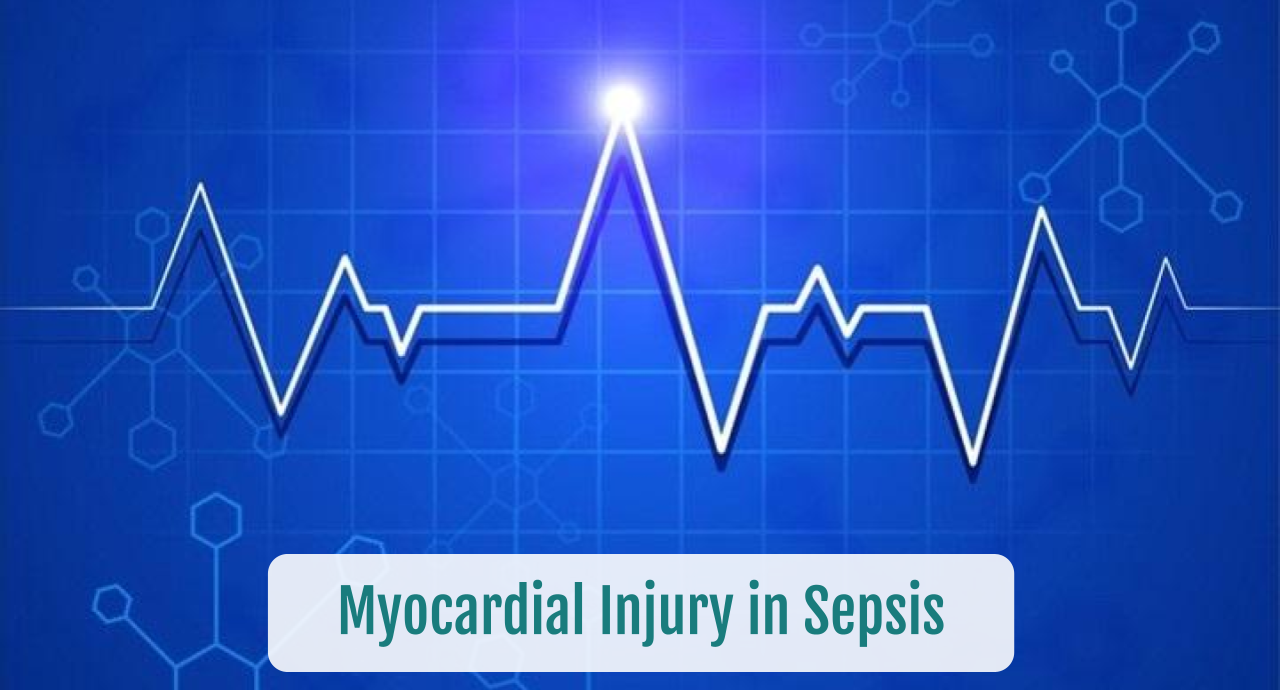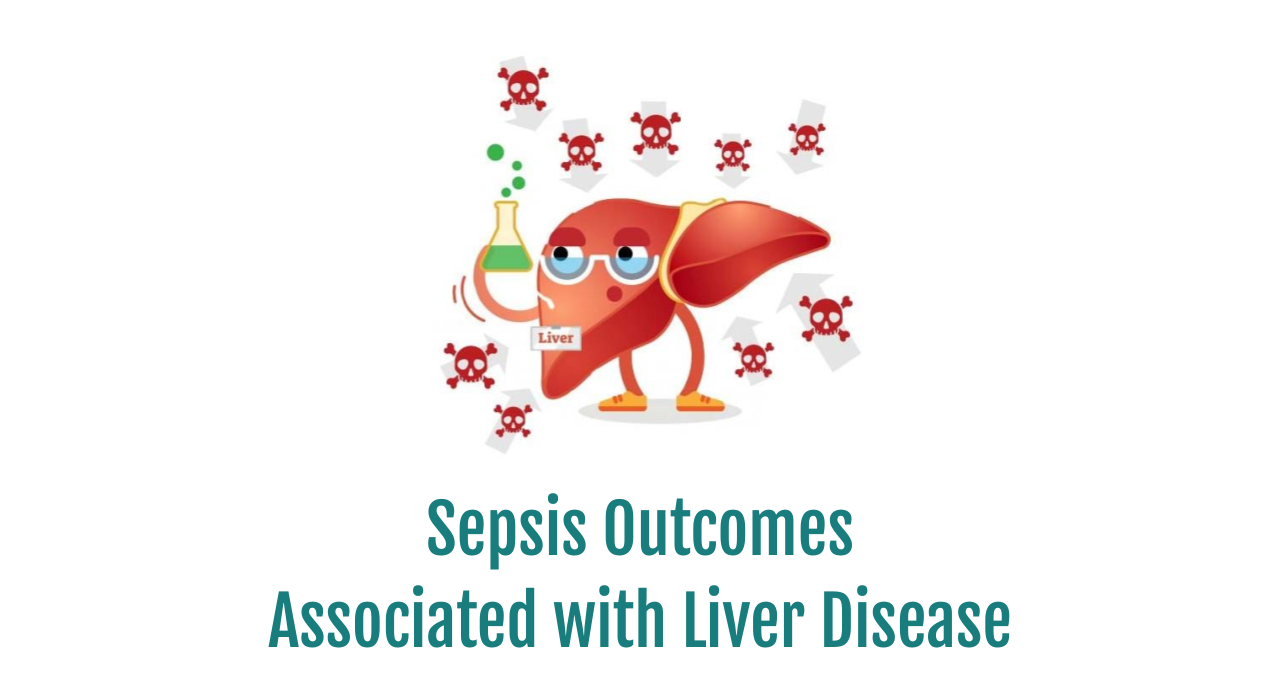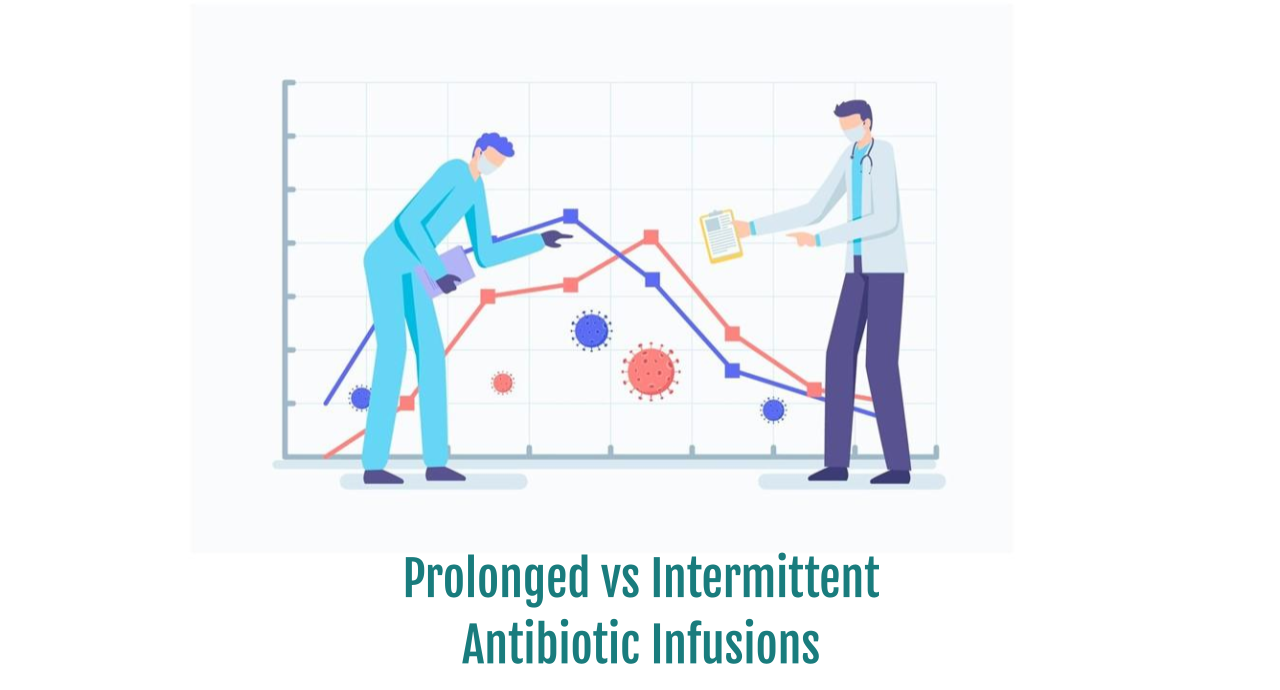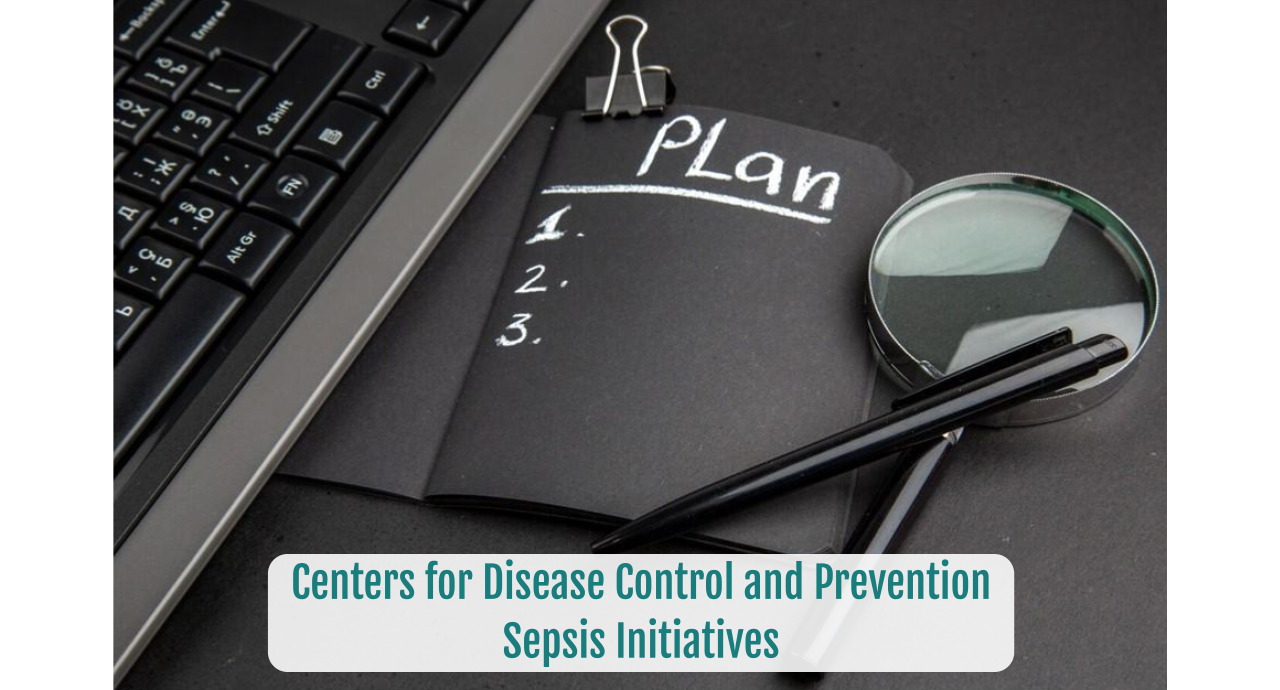Myocardial Injury in Sepsis
Myocardial Injury in Sepsis SUMMARY:Sepsis induced myocardial QT prolongation is a serious complication.Sepsis is an independent predictor for the development of prolonged QT interval.New onset QT interval in sepsis had higher arrhythmias and 30 day mortality. REVIEW: Liu et al Critical Care 2024;28:115 doi.org/10.1186/s13054-024-04879-2Retrospective review of sepsis patients from 2018 – 2022










